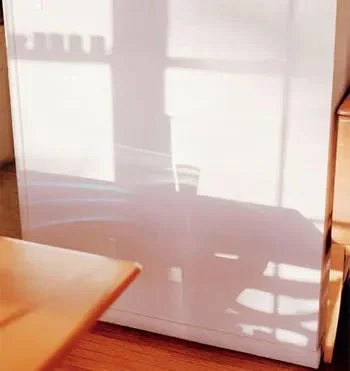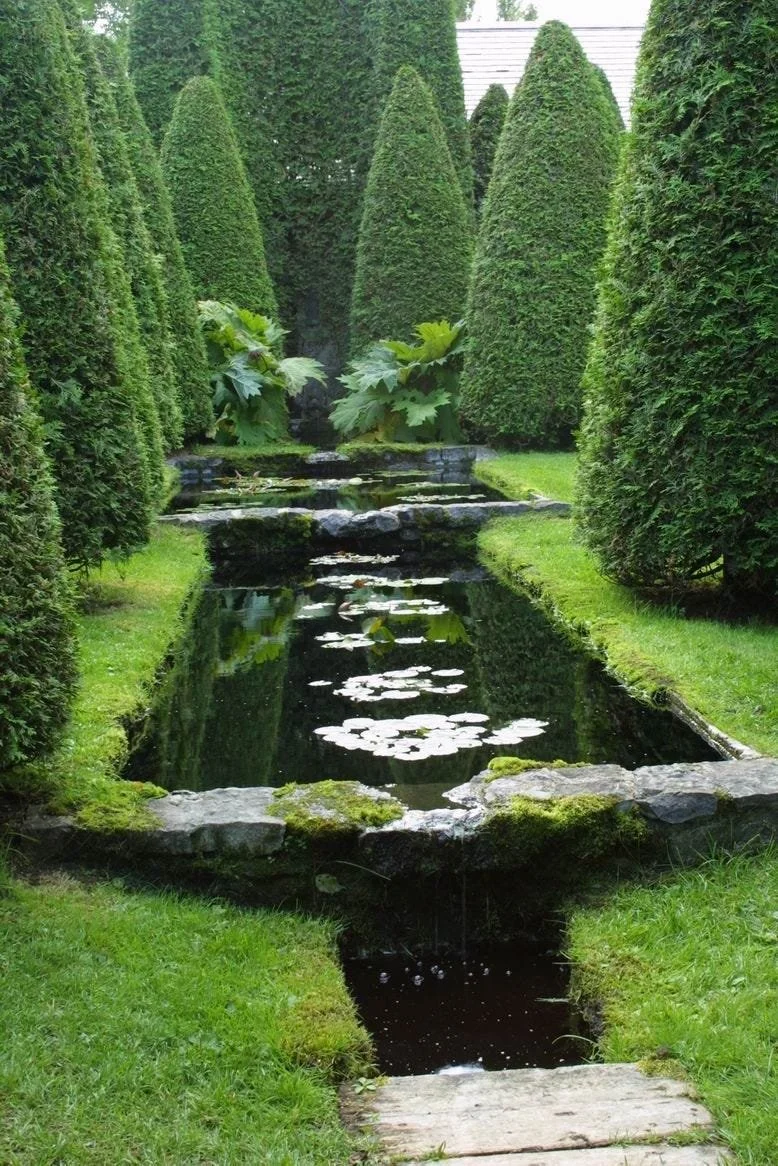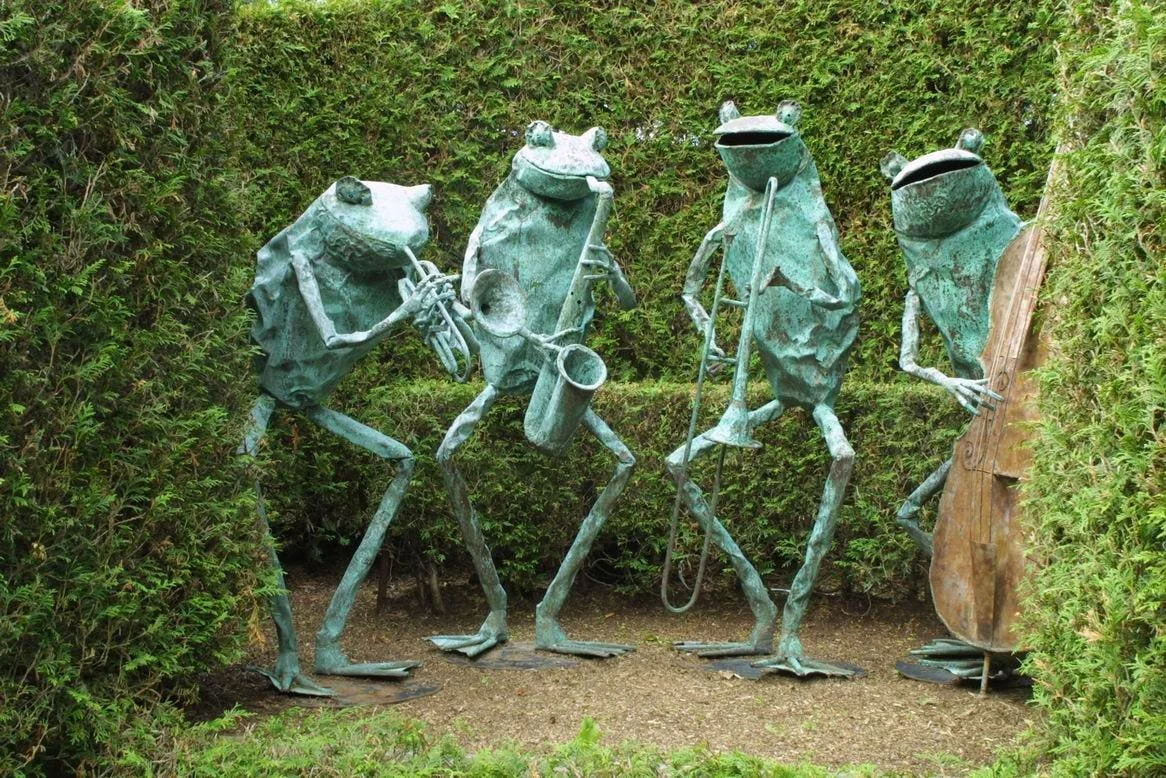The Garden Inside.
Art by Uta Barth
The World Is Too Much With Us.
The opening lines of “The World is Too Much With Us” by William Wordsworth:
The world is too much with us; late and soon,
Getting and spending, we lay waste our powers;—
Little we see in Nature that is ours;
We have given our hearts away, a sordid boon!
Today we are buffeted by a tsunami of external drama which keeps us unmoored.
This in addition to an algorithmically optimized drip drip drug flow of attention hungry engagement orifices seek to bend us to look here, look there, feel this and feel that.
The outside world is often too much with us.
But it is in internal changes where the meaning lies.
Looking is not the same as seeing.
A few years ago an exhibit at The Modern Wing of the Art Institute of Chicago featured the work of a Los Angles artist named Uta Barth.
Ms Barth leverages photography in a novel way to get you to both see what you may not have seen but as importantly to make you forget what you are looking at but be aware of the resultant feeling.
Her work which can be simple as conveying the feeling of light on a curtain or a shadow on a kitchen wall is inspired by a line from Robert Irwin which goes…“Seeing is forgetting the name of the thing one sees”.
We often look but do we see?
The Garden Inside
Have always enjoyed parks and gardens and am lucky to live by the lakefront in Chicago which is adorned with parks. These are great spaces to reflect, refresh and repair, particularly in these drama filled times.
One of the parks in Chicago—Lurie Garden in Millenium Park— has been designed by Pier Oudolf who is considered among the greatest Landscape Designers in the World (he also landscape designed the High Line in New York). His books are filled with breathtaking foliage that integrate and blend into nature likes works of art.
But there is one garden that may stand above them all
In the Charlevoix region of Quebec there lies a private garden which covers more than 20 acres and is called Les Quatre Vents ( The Four Winds). It is considered amongst the finest private gardens in the world ( it is opened a few times a year to the public).
The garden was created by one person, Francis Cabot, as his life work that blends creativity and passion and it is simply the most breathtaking places one can imagine.
Francis Cabot believed that Gardens are like art and have the power to change you. And unlike other art, which may affect you differently over time, because you have changed over time, a garden is itself always changing. Francis designed his Garden to lift the soul of people who walked through it.
He wanted you to come out different after the experience.
Cabot has sculpted, designed and tended a variety of different types of structures and styles —a total of 24 different experiences—including a Japanese garden, a French Pigeonnier – pigeonnier is French for both pigeon coop and pigeonhole – and integrated water ways and a variety of bridges all using natural materials from place of origin. The Japanese tea house was built by Japanese artists using wood from Japan that was aged for years.
Here is a peek at Les Quatre Vents…
There is an amazing book called “The Greater Perfection” filled with pictures and Francis Cabot explaining his life’s work, which I would recommend to everyone if it were affordable and easily available.
Doctors would prescribe it would for the soul.
However, there is a wonderful movie on Francis Cabot called “The Gardener” which is available for free on Amazon if you are a prime member. Take a look at this two minute trailer and it alone should lift you and calm you down.
One prescription for the pressures and challenges we face is to take a walk in a garden.
Regardless, it is key to remind ourselves of Francis Cabot’s belief that every individual is creative and we have a garden within ourselves that we need to tend to so that we can bloom…






